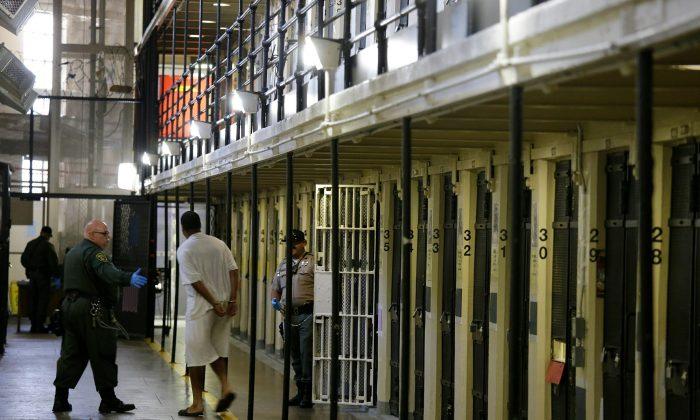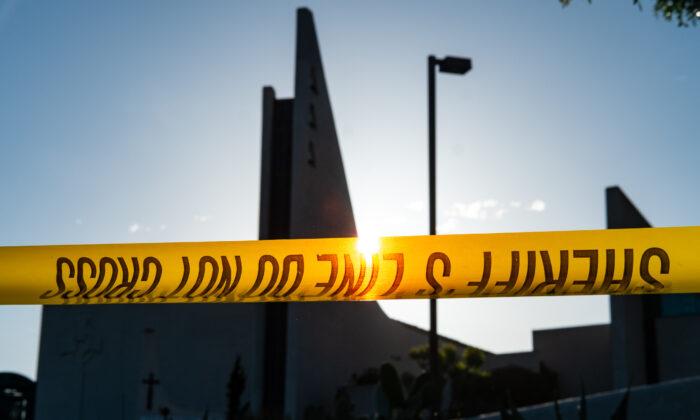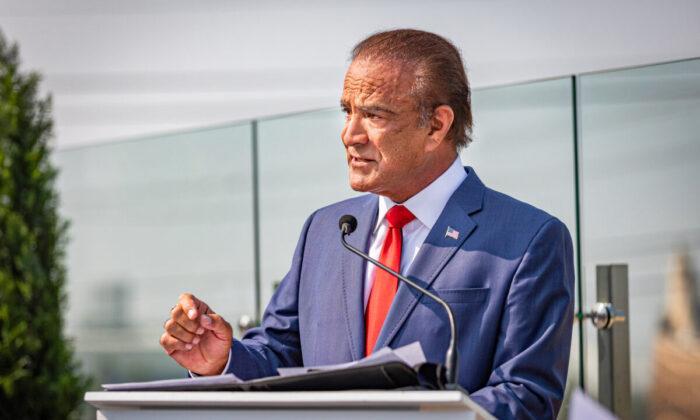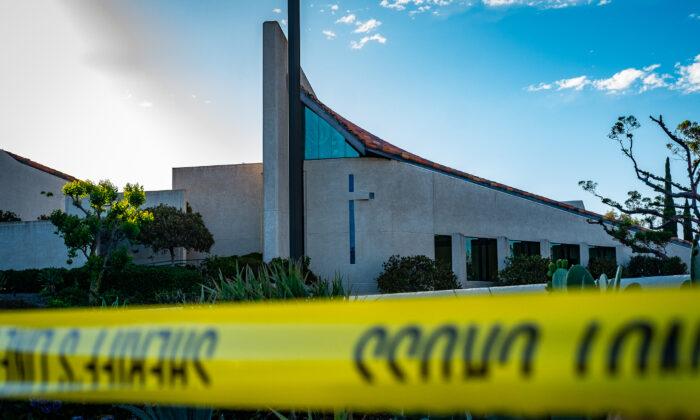California is experiencing a wave of crime even as Gov. Gavin Newsom is claiming a decrease during the past three decades, officials say.
“You’ve got violent crime off the charts,” Sacramento County District Attorney Anne Marie Schubert told The Epoch Times. “You’ve got this tsunami of things that are happening. Violent crime, illegal guns, [and] rampant theft.”
On July 21 in Los Angeles, when asked if state policies are making crime worse, Newsom denied the state is seeing a rise in crime.
“The evidence doesn’t back it up. Last three decades, we’ve actually seen a significant decline in crime in the state,” he said.
According to a Public Policy Institute of California (PPIC) released in 2021, four major cities in the state have encountered an increase in homicide and car thefts. Los Angeles, Oakland, San Diego, and San Francisco are experiencing such heightened crime, following a drop in violent crime in March 2020 when the COVID-19 pandemic began.
Data provided by PPIC shows that in 2020, Los Angeles reported a 40 percent homicide increase from 2019; Oakland reported a 36 percent increase. San Francisco and San Diego both reported increases from 41 to 48 percent and 50 percent to 55 percent, respectively.
Weakening Penalties
Schubert said lenience toward those that have committed horrid offenses is making the state a more dangerous place.“You’ve got the Los Angeles DA, who’s essentially doing everything you can do to dismantle the justice system,” Schubert said. “You’ve got a legislature who’s consistently voted for bills that weaken accountability. You’ve got ballot initiatives that have misled the public, to the point that we’ve basically decriminalized [theft].”
Pending bill AB 333 would remove burglary, identity fraud violations, looting, and felony vandalism from gang-related crimes.
Rescue California campaign manager Anne Dunsmore told The Epoch Times that state policies enforced by Newsom, such as Prop 47, could be contributing to heightened crime in the state. Through Prop 47, certain theft and drug possession offenses are marketed as misdemeanors rather than felonies. When passed, previous offenders that were serving sentences for felony offenses became eligible for resentencing.
“He’s trying to show that he’s cutting down on prison population and that somehow indicates that crime is on the decline,” Dunsmore said.
While Newsom says that there are fewer felons, Dunsmore attributed the drop to the state reducing many felonies to misdemeanors.
Releasing Prisoners
In May, efforts to decrease prison populations escalated after the California Department of Corrections and Rehabilitation (CDCR) announced under Prop 57 that it would increase good conduct credit toward eligible inmates, allowing them to potentially be released early.Of those eligible to receive good credits, 63,000 are incarcerated for violent crimes, and 20,000 inmates are sentenced to life in prison with the possibility of parole.
“You let a lot of felons out of prison, they’re on the streets, there’s a reason that crime is on the rise,” Dunsmore said. “They’re letting all these people out without any structure in place to monitor them, or even rehabilitate them.
“For these people [to] sit there and know that their children’s killers could get out, like the guy who killed Michael Lyons” and committed aggravated sexual assault, Dunsmore said. “That guy is a model prisoner; he actually qualifies for early release.”
In 1996, Robert Boyd Rhoades was charged with first-degree murder in Sutter County after torturing and killing the 8-year-old Lyons. Rhoades was no stranger to the criminal justice system as he committed multiple crimes prior to 1996.
Rhoades is set to receive the death penalty, but California’s changing law might say otherwise.
While some lawmakers are for reducing prison times, others advocate for victims’ rights.
“Michael’s killer is on death row because he’s a horrific, not just serial, killer [but] his history was atrocious,” Schubert said. “Now, we have a legislature that even though the jury has recommended a certain sentence wants to pass a bill that he can petition to get out.”
She continued, “It’s despicable when a cop talks about a crime victim and putting them through the wringer. Time and time again when they’ve been given assurance that this horrific serial rapist-murderer has been sentenced to never get out of prison.”
Amid the crime crisis, Schubert and Dunsmore said they are advocating for more structure within the state to enforce and carry out laws.
“[Newsom] can’t fix a problem if he denies the fact that it’s there, and that’s what he’s doing,” Dunsmore said. “That’s dangerous.”




